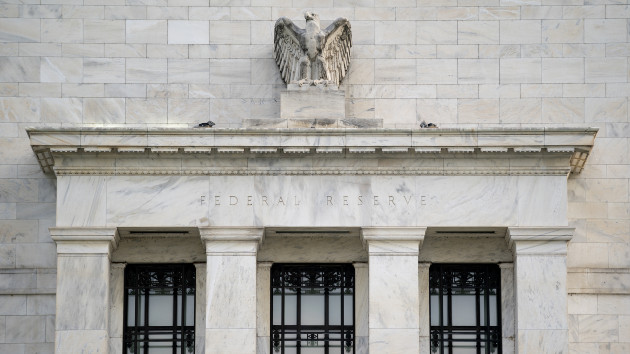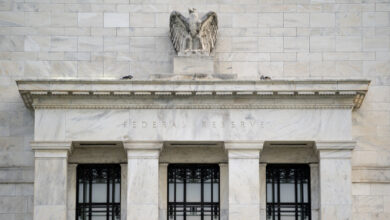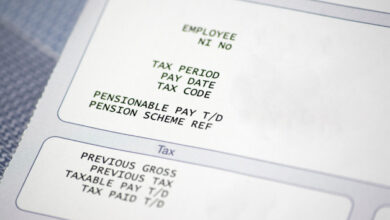Fed expected to hold interests rates steady at highest level since 2001


(WASHINGTON) — The Federal Reserve is set to announce a decision on Wednesday about whether to adjust its benchmark interest rate, just days after new government data showed that the economy is cooling off.
The slowdown has coincided with a months-long stretch of stubborn inflation, putting pressure on the Fed to keep interest rates high despite a risk of hindering economic activity with expensive borrowing costs.
Economists widely expect the Fed to leave interest rates unchanged. Such a move would push back rate cuts that the central bank expects to make some time this year.
At its most recent meeting, in March, the Fed stuck to its previous projection of three rate cuts by the end of 2024, even as it opted to hold interest rates steady for the fifth consecutive time.
That approach has amounted to a prolonged pause of the aggressive rate hiking cycle that began roughly two years ago when the central bank sought to rein in rapid price increases.
Inflation has fallen significantly from a peak of 9.1% but it remains more than a percentage point higher than the Fed’s target rate of 2%.
Interest rate cuts would lower borrowing costs for consumers and businesses, potentially triggering a burst of economic activity through greater household spending and company investment.
But the Fed risks a rebound of inflation if it cuts interest rates too quickly, since stronger consumer demand on top of solid economic activity could lead to an acceleration of price increases.
The recent economic cooldown, meanwhile, could complicate the posture taken up by the Fed.
The U.S. economy slowed dramatically at the outset of 2024, though it continued to grow at a solid pace, according to data released by the U.S. Commerce Department last week.
Gross domestic product, a measure of all the goods and services produced in the economy, recorded 1.6% annual growth over the first three months of the year, the Commerce Department said this week.
That figure came in well below expectations, marking a steep slowdown from a 3.4% annual rate measured over the final quarter of last year.
In March, before the latest GDP data, Fed Chair Jerome Powell said a combination of elevated inflation and economic fortitude offered the Fed an opportunity to hold rates steady at highly elevated levels, since the central bank ran little immediate risk of triggering a downturn.
“On inflation, it’s too soon to say whether the recent readings represent more than just a bump,” Powell told a business conference at Stanford University.
“Given the strength of the economy and progress on inflation so far, we have time to let the incoming data guide our decisions on policy,” Powell added.
Economists who recently spoke to ABC News downplayed any alarm raised by the GDP finding last week, saying resilient consumer spending continues to propel stable growth.
But, they added, the Fed could face a difficult position if a gradual cooldown persists alongside elevated inflation. That trend could force the Federal Reserve to keep interest rates high even as the economy falters.
The Fed Funds rate stands between 5.25% and 5.5%, matching its highest level since 2001.
Copyright © 2024, ABC Audio. All rights reserved.






